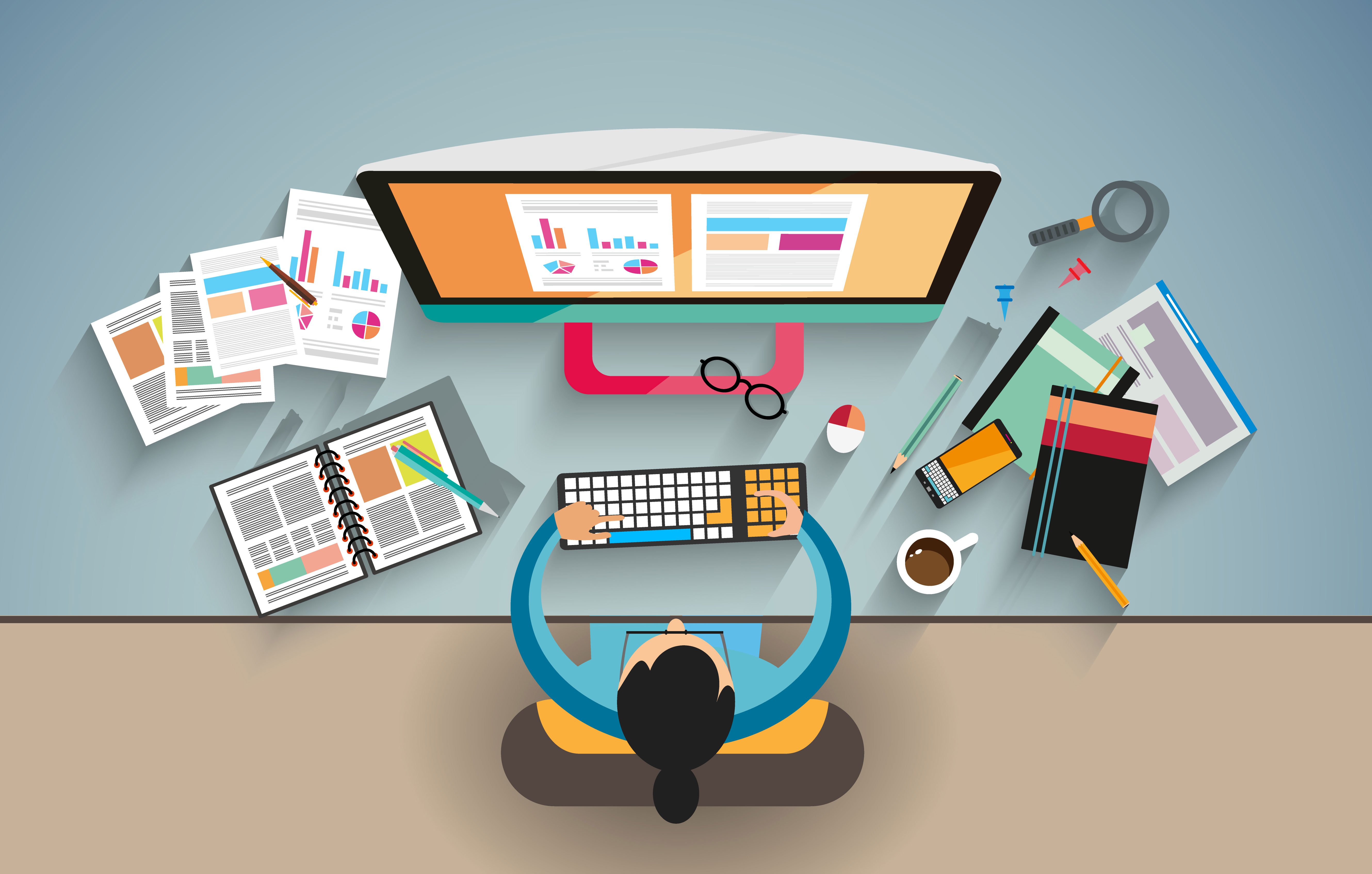Aligned Position Web Design: Stunning Websites Designed for Seamless User Experience
Aligned Position Web Design: Stunning Websites Designed for Seamless User Experience
Blog Article
The Ideal Sorts Of Website Design to Enhance Individual Experience and Engagement
In the ever-evolving landscape of digital communication, the effectiveness of Web style substantially influences user experience and involvement. Numerous style techniques, such as minimalist, responsive, and interactive formats, each offer special benefits that can provide to varied user requirements.
Minimal Website Design
As electronic landscapes come to be progressively messy, minimalist Web style has actually become a powerful strategy to enhancing user experience. This design ideology prioritizes simpleness, concentrating on necessary components while removing unnecessary diversions. By making use of ample white area, straightforward navigating, and a limited color scheme, minimal style fosters clearness and routes customer focus to essential web content.
The core principle of minimal Web layout is to develop a smooth interaction for individuals. By reducing cognitive lots, customers can promptly realize info without really feeling bewildered. This direct strategy not only enhances usability but also urges involvement, as site visitors are more probable to discover a site that is visually enticing and simple to navigate.
Furthermore, minimal layout often stresses typography and images, making use of these elements tactically to convey messages properly. This concentrate on important elements can improve brand identity and develop an unforgettable individual experience. In significance, minimal website design is not simply a trend; it is a thoughtful technique that recognizes the value of user-centered design. By removing away nonessential components, designers can create a much more engaging, efficient, and satisfying Web experience for all users.
Receptive Website Design
In today's diverse electronic environment, responsive website design has actually ended up being essential for creating a seamless customer experience throughout a wide variety of devices. As customers gain access to web sites on smart devices, desktops, laptops, and tablets, the capacity of an internet site to adapt its layout and content to different screen sizes and resolutions is critical.
Receptive Web design utilizes adaptable grids, images, and CSS media questions to make sure that Web material exists ideally, no matter of the device made use of. This approach not only boosts the visual appeal of a web site but also substantially enhances usability. Individuals are most likely to involve with a site that offers a consistent experience, as it eliminates the disappointment of needing to focus or scroll excessively.
By adopting receptive design, businesses can improve their visibility and reach a more comprehensive audience. In summary, receptive Web design is a fundamental technique that boosts user experience, engagement, and general complete satisfaction.
Interactive Website Design
Receptive Web layout lays the foundation for improving individual experience, however interactive website design takes this a step additionally by involving users in a more dynamic way - Aligned Position Web Design. By integrating aspects such as computer animations, clickable models, and real-time feedback, interactive website design captivates individuals, attracting them into a richer browsing experience
This approach not only promotes interaction yet additionally encourages customers to discover material proactively as opposed to passively consuming it. Techniques such as gamification, where users earn incentives for completing tasks, can substantially improve the moment spent on a site and enhance total contentment. Additionally, interactive features can streamline complicated info, making it more delightful and absorbable.

Integrating interactive design aspects can additionally lead to higher conversion rates, as individuals are most likely to engage with a website that actively entails them. Aligned Position Web Design. Ultimately, interactive website design transforms individual experiences into memorable journeys, guaranteeing that site visitors return time after time
Flat Design
Defined by its minimalistic technique, level style highlights simplicity and capability, removing away unnecessary elements and concentrating on vital features. This design approach prioritizes functionality, making sure that customers can navigate user interfaces with convenience and effectiveness. By using a clean aesthetic, level layout gets rid of the clutter learn the facts here now often discovered in much more elaborate styles, thereby improving user emphasis on material and functionality.
The trademark of flat style depends on its use of vibrant colors, simple typography, and geometric forms. These elements contribute to an aesthetically attractive user interface that is both contemporary and approachable. In addition, flat style cultivates a feeling of clarity, allowing customers to recognize essential activities and information without interruption.
In addition, flat style is especially efficient in receptive Web style, as its simpleness converts well across different gadgets and screen sizes. By focusing on necessary functions, level style not only fulfills user needs however also encourages smooth communication, making it an important component of efficient Web layout approaches.
Adaptive Web Design
Adaptive Web design personalizes the user experience by developing several repaired formats customized to various display sizes and devices. Unlike receptive design, which fluidly changes a solitary format, adaptive design utilizes distinct designs for certain breakpoints, making sure optimum discussion on numerous platforms. This approach allows developers to concentrate on the distinct qualities Learn More Here of each tool, boosting use by providing exactly what customers need based on their context.
One of the primary benefits of flexible website design is its capability to maximize tons times and efficiency. By offering tailored material and pictures that fit the user's device, websites i thought about this can lessen data use and improve loading rates. This is specifically valuable for customers with slower connections or limited data plans.

Furthermore, adaptive design facilitates a more controlled and constant branding experience. Considering that developers produce numerous layouts, they can make certain that the visual elements align with the brand's identity across various systems - Aligned Position Web Design. This leads to a cohesive individual experience, boosting engagement and promoting customer retention
Conclusion
Finally, the combination of minimalist, receptive, and interactive website design principles considerably boosts customer experience and involvement. Minimalist style fosters clarity and focus, while responsive style guarantees flexibility throughout numerous gadgets, advertising ease of access. Interactive design captivates users with dynamic aspects, motivating expedition and customization. Collectively, these layout comes close to add to the production of straightforward settings that not only improve complete satisfaction but additionally drive higher conversion prices, underscoring their vital importance in modern Web style techniques.

Minimalist style fosters clarity and focus, while responsive layout ensures adaptability throughout numerous devices, advertising accessibility. Jointly, these design approaches add to the production of user-friendly settings that not only improve complete satisfaction however likewise drive greater conversion prices, emphasizing their essential significance in modern Web layout methods.
Report this page